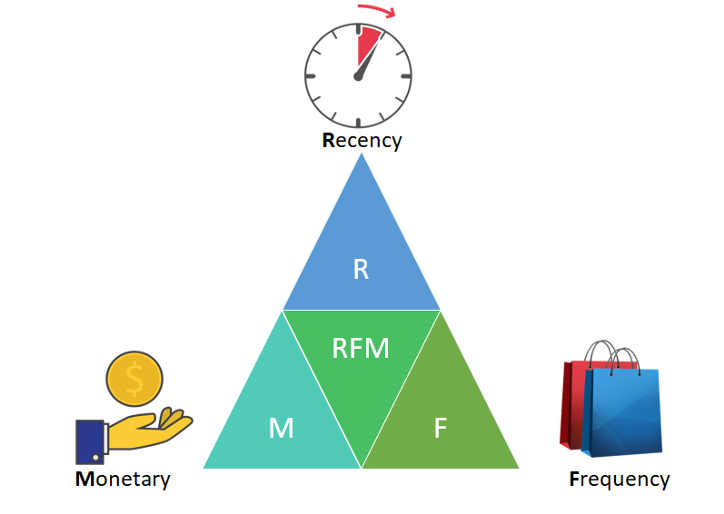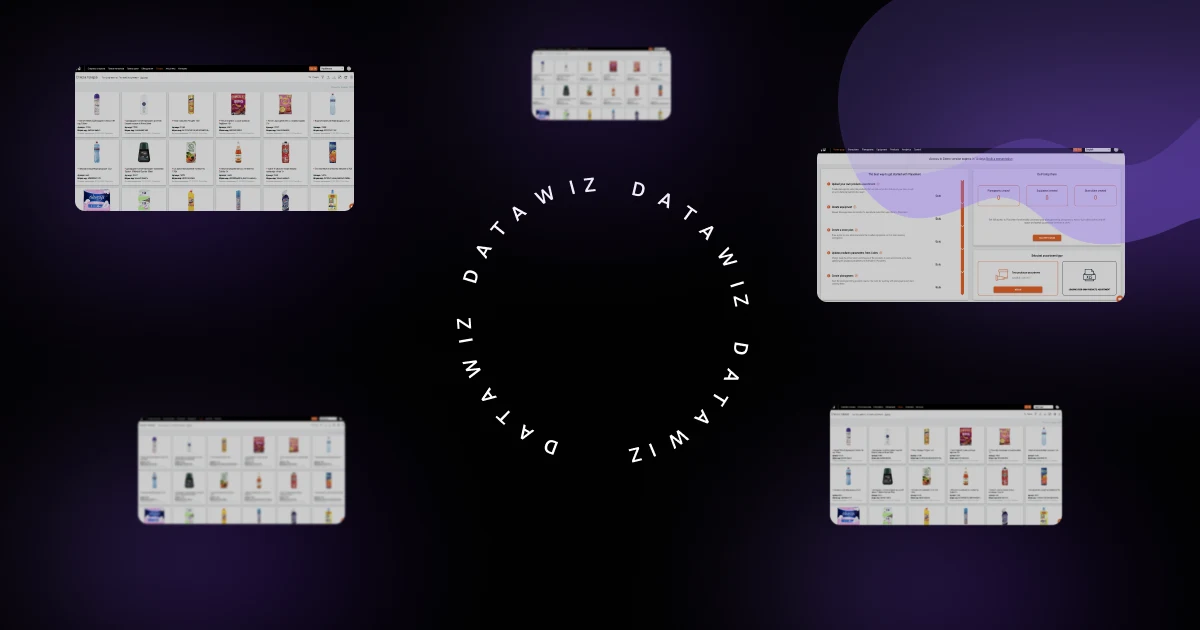Client analytics: RFM analysis + Factor analysis of sales
The success of the chain directly depends on the competent interaction of customers. After all, buyers are the link that defines whether the store will be profitable or not.
Therefore, it is important to recognize the needs of customers, which allows you to:
✅ optimize the assortment and offer what customers need;
✅ develop effective marketing campaigns;
✅ increase customer reach;
✅ increase ROI and LTV.
An effective method in the study of the client base is RFM analysis. Its main task is the segmentation of buyers and a detailed analysis of their purchasing behavior.
As a result of such segmentation by three parameters (recency (R), frequency (F), monetary (M)) we can understand:
- which customers (20%) are the most valuable for the chain since they generate 80% of sales;
- which customers buy a lot, but rarely;
- which customers the chain may soon lose.
Such information gives clues about what kind of advertising and who to send to, what bonuses to offer or to use other information channels.
Example.For regular customers, it is better to use a newsletter with new products in the categories that are most often found in their shopping carts, and for "sleeping" customers - to provide a motivating discount.
Where is better to implement RFM analysis?
- In companies (B2C and B2B) to set up targeted advertising, prepare scripts (templates) for phone calls and emails.
- Application areas: retail, direct sales, non-commercial interaction.
- Prerequisite: the need for goods (services) is periodic and there is a need to establish long-term relationships.
Note! To study a business with one-timed purchases (sale of real estate, children's furniture), RFM analysis will be ineffective.
An example of customer segmentation in RFM analysis

Consider the example of how the division into groups by values (sales) is performed. Let's take the sales data on 5 clients for the chosen period: $120, $250, $300, $140, and $20. Let’s sort them in ascending order:
Client Sales ($)
1 20
2 120
3 140
4 250
5 300
To divide the group into three levels, it is necessary to determine what numerical values of 33% and 66% (thirds parts of the sample) will be equal to the clients’ sales. In the future, these values will be the grouping limits for the three groups (calculated based on quantiles):
- [0 - 33%] - Group 3 - the cost of purchases is low;
- [33.1 - 66%] - Group 2 - the cost of purchases is medium;
- [66.1 -100%] - Group1 - the cost of purchases is high.
According to the example, 33% will be $126.4, and 66% - $210.4. Then the criteria for the division of clients by sales will be as follows:
- $20.0 - $126.4 - 3rd group;
- $126.5 - $210.4 - 2nd group;
- $210.5 and more - 1-st group.
Client Sales ($) Groups (М)
1 20 3
2 120 3
3 140 2
4 250 1
5 300 1
Similarly, grouping is performed by frequency of purchases (F). All clients are divided into three groups:
- [0 - 33%] - group 3 - make the purchases rarely;
- [33.1 - 66%] - group 2 - make the purchases not often;
- [66.1 -100%] - group 1 - make the purchases often.
Dividing clients by recency of purchases (R), the reverse principle of group allocating should be applied:
- [0 - 33%] - group 1 - visited the store recently ;
- [33.1 - 66%] - group 2 - visited the store not so long ago;
- [66.1 -100%] - group 3 - visited the store so long ago.
So, knowing that the clients are in group 211 (visited the shop not too long ago; make the purchases often; the cost of purchases is high), they should be reminded of the shop's benefits, and encouraged to visit the shop. And 333 clients are the least valuable, and you should not spend time, and make an effort on this segment.
Factor analysis in client analytics
The main task of RFM analysis is to increase the sales of the chain through the correct interaction with each group of buyers.
In such a chain, it is important to evaluate the results obtained: to check whether the chain has achieved the desired goals, and how did this happen?

To do this, a factor analysis of sales should be carried out for each segment. It allows you to understand what influenced the change in sales value:
- the number of clients;
- the number of receipts per client;
- the value of the average receipt.
Factor model:
Sales value = Number of clients × Number of receipts per client × Average receipt cost
Any elimination method can be used for factor analysis.
Consider an example:
In client group 233 (RFM analysis), the manager sent out promotions and offered bonuses, after which the data were recorded:
Factor analysis of store sales value of customers of 233 group
Metric | Current period | Previous period | Absolute difference | Metric Influence on Sales value |
| Number of clients, persons | 15 | 15 | 0 | (15-15) × 5 × 120 = 0 |
| Number of receipts per client, units | 5 | 7 | +2 | 15 × (7-50) ×120 = 3600 |
Average receipt cost, $ | 120 | 145 | +25 | 15 × 7 × (145-120) = 2625 |
Sales value, $ | 9000 | 15225 | +6225 | Σ 6225 |
! Let's analyze.The sales value of clients of 233 groups increased by ↑ $6225. This change was influenced by the following factors:
- the number of receipts (purchases) for each client increased by↑2 receipts and led to an increase in sales value by↑$3600.
- the average receipt increased by↑$25, which ensured an increase in sales value by↑$2625.
- the number of clients in this group was unchanged and therefore did not affect the sales value.
In this case, the most effective measures are those that motivate customers to increase their number of purchases. This is what store managers should focus on.
Conclusions
RFM analysis is a highly effective tool when used with a competent system of measures for each group of clients.
At the same time, a prerequisite for success is a regular assessment of the effectiveness of completed mailings and interactions. Factor analysis in these studies will make it possible to understand how key indicators of customer purchasing behavior have changed and how this has affected sales.
To conduct this analytical assessment, we recommend using the "RFM Analysis" report on the analytical platform for retailers Datawiz.io.
The functionality of this report not only quickly performs customer segmentation, but also helps you track the customer's "migration" from one group to another, study their shopping baskets, and conduct a factor analysis of sales performance using dynamic visualizations.
 What's new?
What's new?





 No credit card required
No credit card required